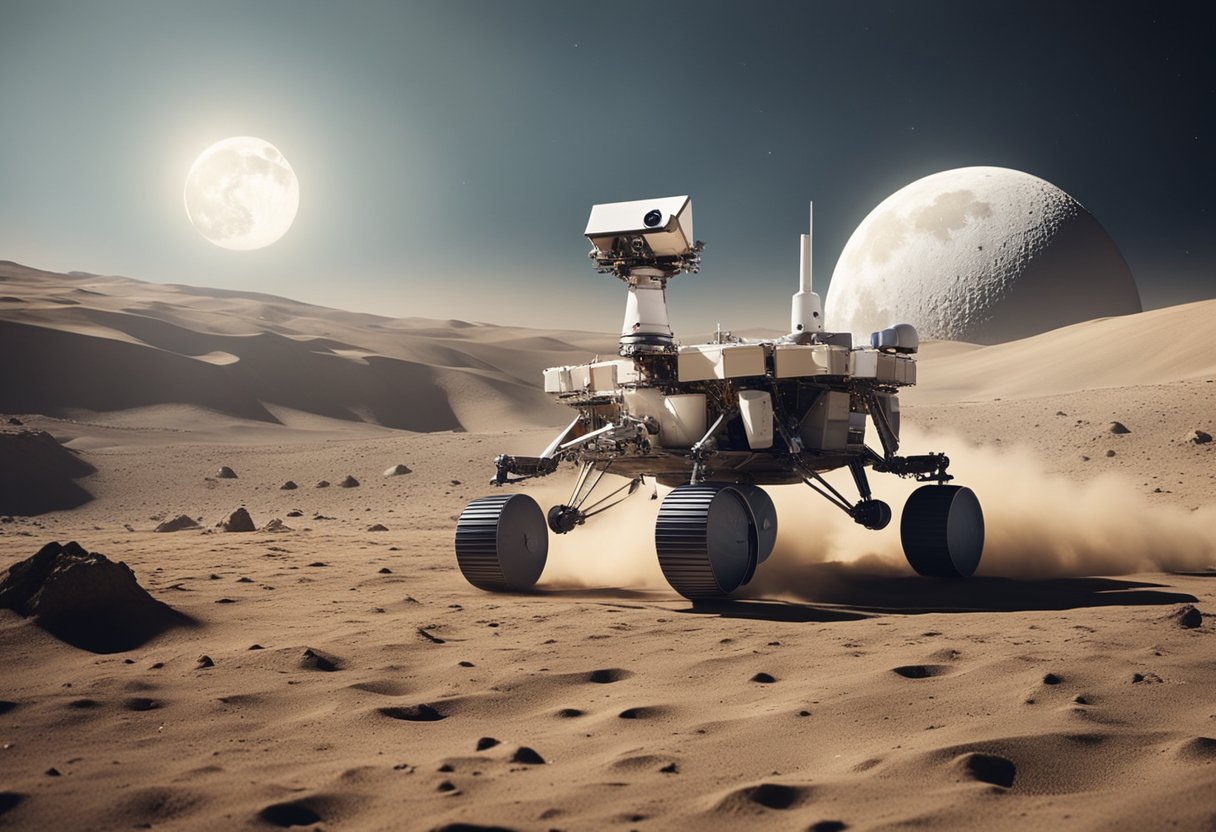
Space tourism is fast becoming not just a possibility, but a reality, with several private enterprises and national agencies expanding their sights beyond Earth’s atmosphere. Among these ventures, NASA’s ambitious Artemis programme is propelling humanity’s return to the Moon, laying the groundwork for future lunar tourism. We are on the cusp of witnessing lunar explorations that will pave the way for tourists to experience space travel and the Moon’s surface first-hand.
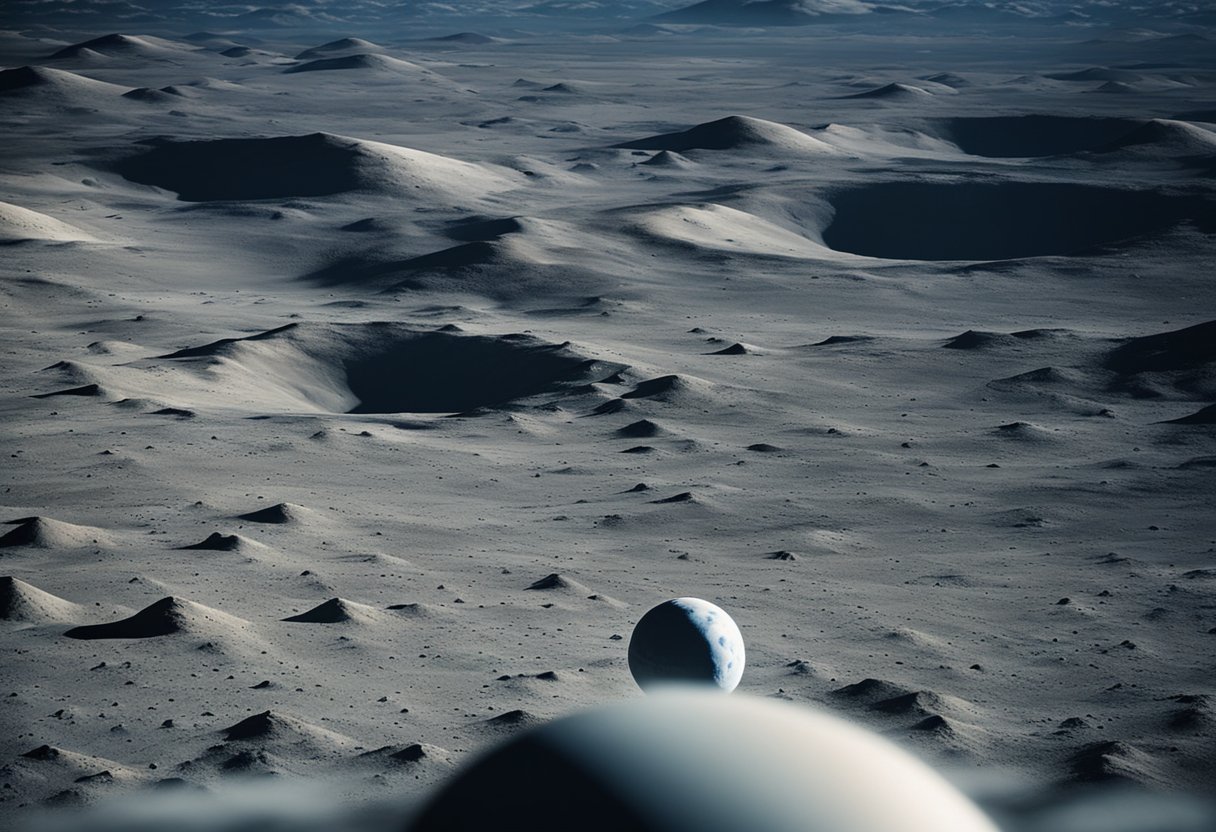
The Artemis programme isn’t just about setting foot on the lunar surface again; it represents a significant leap towards a sustainable human presence beyond Earth. By developing new technologies and spacecraft, such as the powerful Space Launch System (SLS) and the state-of-the-art Orion spacecraft, this initiative is essential for the fabric of future space travel and exploration. Embracing both commercial and international partnerships, it stands to reshape our approach to space exploration, influencing policies and inspiring a generation geared towards celestial discovery.
Our participation in this grand spacefaring epoch is more than just a pursuit of knowledge; it’s about forging a new path where space travel is accessible to more than just astronauts. This new frontier, documented by early space tourism entities like SpaceVoyageVentures.com, hints at a time not too distant where the Moon could become a regular destination for the intrepid traveller, sparking a wealth of questions about what lunar exploration and eventual tourism may look like.
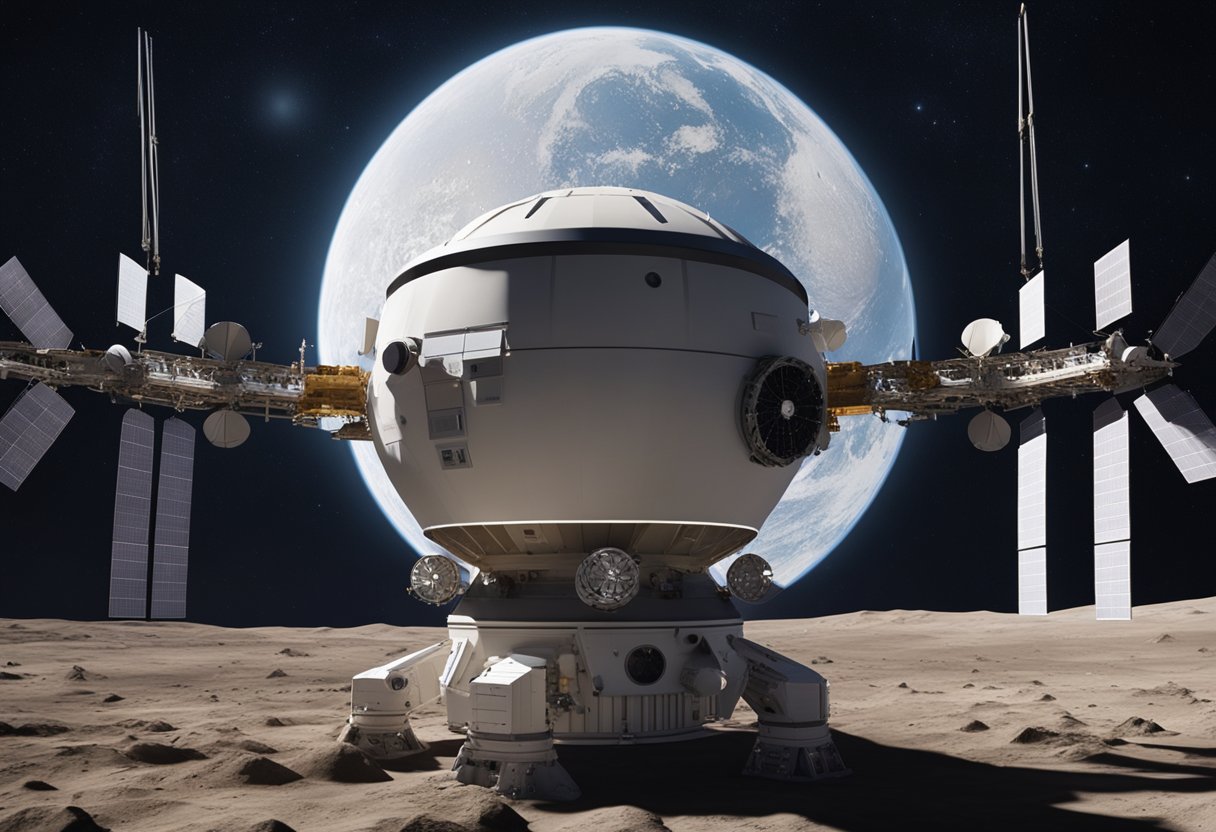
We’re on the cusp of a new era in space travel where not only governmental agencies but also private partners are looking with ambition to the Moon. The Artemis programme, spearheaded by NASA, aims to facilitate this paradigm shift, drawing from a rich history of lunar exploration and setting the foundation for future space tourism ventures.
NASA’s Artemis programme is our bold return to the lunar surface, building upon the legacy of the Apollo missions. Key objectives include landing the first woman and the next man on the Moon by 2025. This endeavour will enable us to develop new technologies, establish a sustainable human presence on the Moon, and set the stage for the future human exploration of Mars.
Significant milestones have been reached with Artemis I, a successful uncrewed flight testing the Space Launch System (SLS) and the Orion spacecraft. We eagerly anticipate Artemis II, the first crewed test flight, and Artemis III, which aims to place astronauts on lunar soil once again. Each milestone paves the way for a future where space exploration is accessible and perhaps, one day, space tourism through platforms like SpaceVoyageVentures.com might become a vibrant reality.
The Artemis programme is not a solo venture. Strengthened by international partnerships, we’re fostering a global alliance for space exploration. Countries like Canada, the European Union member states, and Japan are working alongside us, contributing technology and resources.
Initiated by Space Policy Directive 1 and advocated by leaders such as former Vice President Mike Pence and NASA Administrator Jim Bridenstine, the programme embodies a collective dedication to space exploration. These international collaborations are instrumental in achieving our objectives, providing a framework for peaceful, cooperative, and lasting presence on the Moon and beyond.
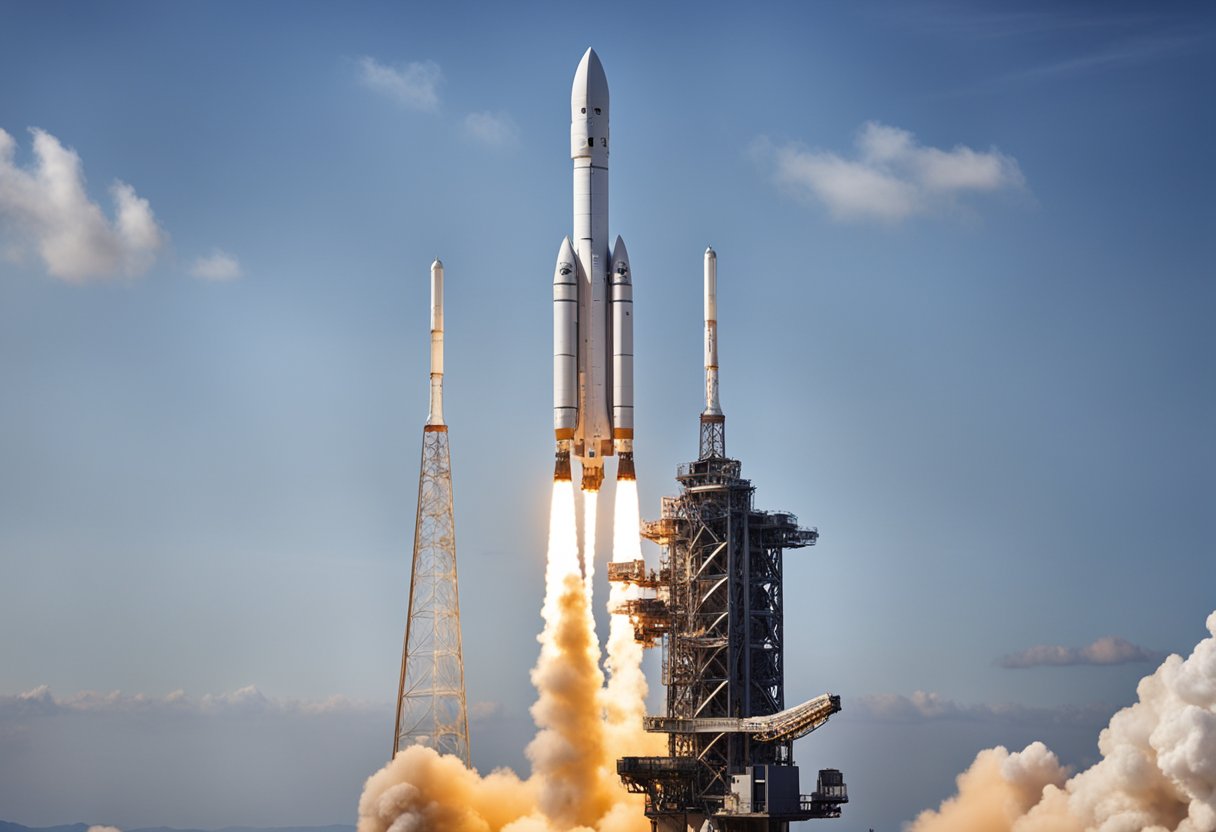
In our quest to explore space, the Artemis program utilises cutting-edge technology with remarkable spacecraft and rockets, poised to expand the boundaries of human exploration.
The Orion spacecraft is an engineering marvel, designed to carry astronauts beyond low Earth orbit. With missions that will bring humans back to the Moon, Orion is a critical component of our Artemis missions, facilitating new discoveries and enabling long-term lunar exploration.
We have developed the Space Launch System (SLS), a super heavy-lift expendable launch vehicle. It represents the pinnacle of our rocket technology with unprecedented performance and capability for deep space missions.
Our Artemis program thrives through collaborations with commercial partners such as SpaceX and Blue Origin, enhancing our spacefaring capabilities. These partnerships are key for innovating spacecraft and rocket technology, as well as fomenting a robust space economy.
Our commitment at SpaceVoyageVentures.com is to meticulously document these extraordinary space tourism opportunities – those available now, soon, and in the future of space exploration.
The Artemis Programme ushers in a new chapter in lunar exploration, aiming for a series of historic milestones, including landing the first woman and the first person of colour on the Moon. We embark on this journey first with Artemis I, paving the way for subsequent crewed missions that will establish a sustainable human presence on the Moon.
Artemis I signifies a monumental leap in deep space exploration. It’s an uncrewed test that serves as the foundation for later missions. On this mission, the Space Launch System (SLS) propels the Orion spacecraft into a distant lunar orbit, testing all systems to ensure they’re ready for the challenges of crewed flights. This critical phase validates our capability to safely conduct extended operations in deep space.
Artemis II charts a historic course as the first crewed mission of the Artemis programme, slated to journey around the Moon. By carrying astronauts into lunar orbit, we’re laying the groundwork for regular human travel to the Moon and establishing a cadence for future exploration. This mission cements our commitment to not only return to the Moon but also to propel human presence beyond Earth on a more permanent basis.
With Artemis III, tentatively scheduled for late 2024, we aim to land astronauts near the lunar South Pole, an area rich in resources and scientifically intriguing. This mission will see the first woman and the first person of colour set foot on the Moon, symbolising inclusivity and innovation. The Artemis Program doesn’t stop here; it’s a springboard for more complex missions paving the way for sustainable lunar exploration and a potential stepping stone for future crewed Mars expeditions.
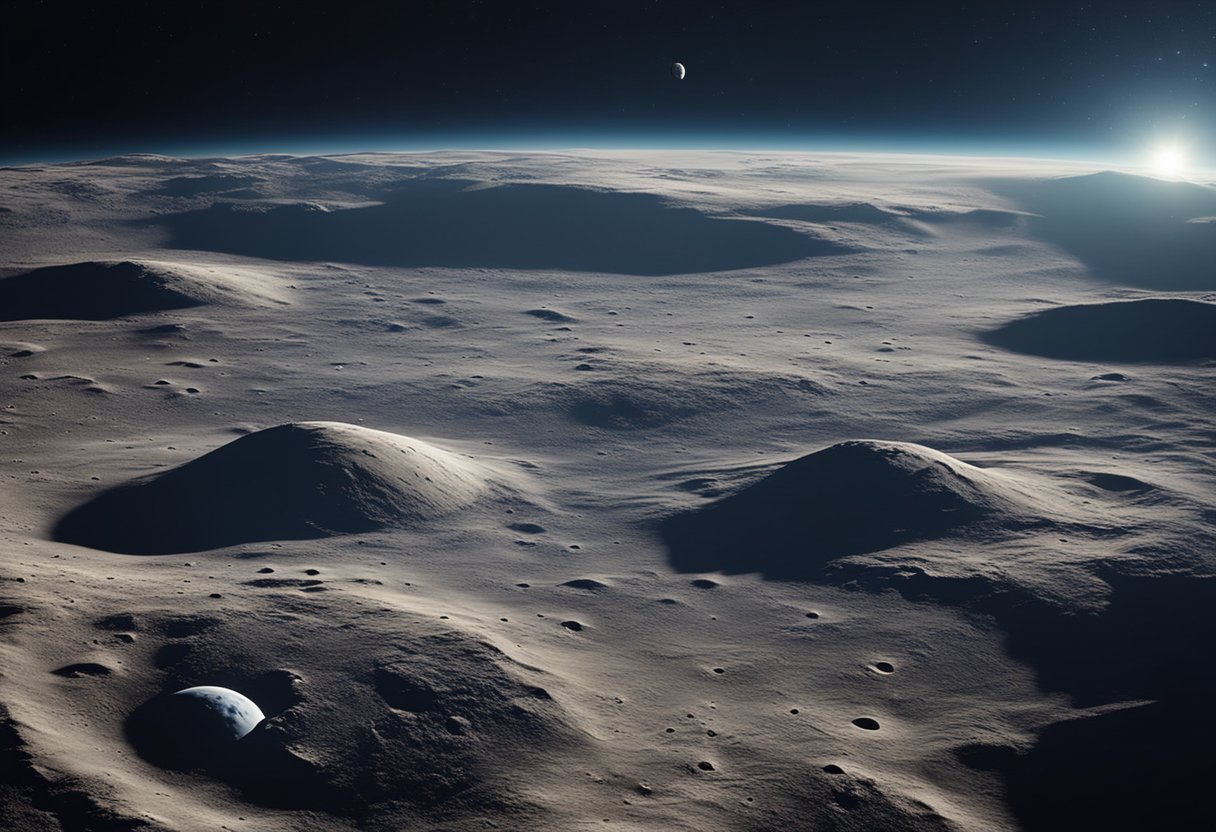
In ushering in an era of lunar tourism, the Artemis program exemplifies a significant leap in human spaceflight and exploration. Our efforts now focus on sustaining a long-term presence on the lunar surface and expanding our understanding of what it means for humans to live and work in space.
Choosing the best candidates to become astronauts is a meticulous process, placing a strong emphasis on both the diversity and skill sets of potential space explorers. We ensure that every astronaut – be they a woman or a person of colour – receives comprehensive training. This preparation includes mastering the operation of life support systems, the usage of advanced spacesuits, and the rigorous physical and psychological conditioning for the arduous tasks of lunar missions.
Our vision extends to establishing a sustained human presence on the Moon. Enabling this objective involves the development of permanent habitats with reliable life support systems. The progressive human exploration of the lunar terrain with a diverse crew of astronauts is crucial, as it opens pathways for scientific discovery and tests the technologies required for future space exploration. On the site SpaceVoyageVentures.com, enthusiasts can track the progress of these lunar surface projects and anticipate the transformative experiences that await future tourists.
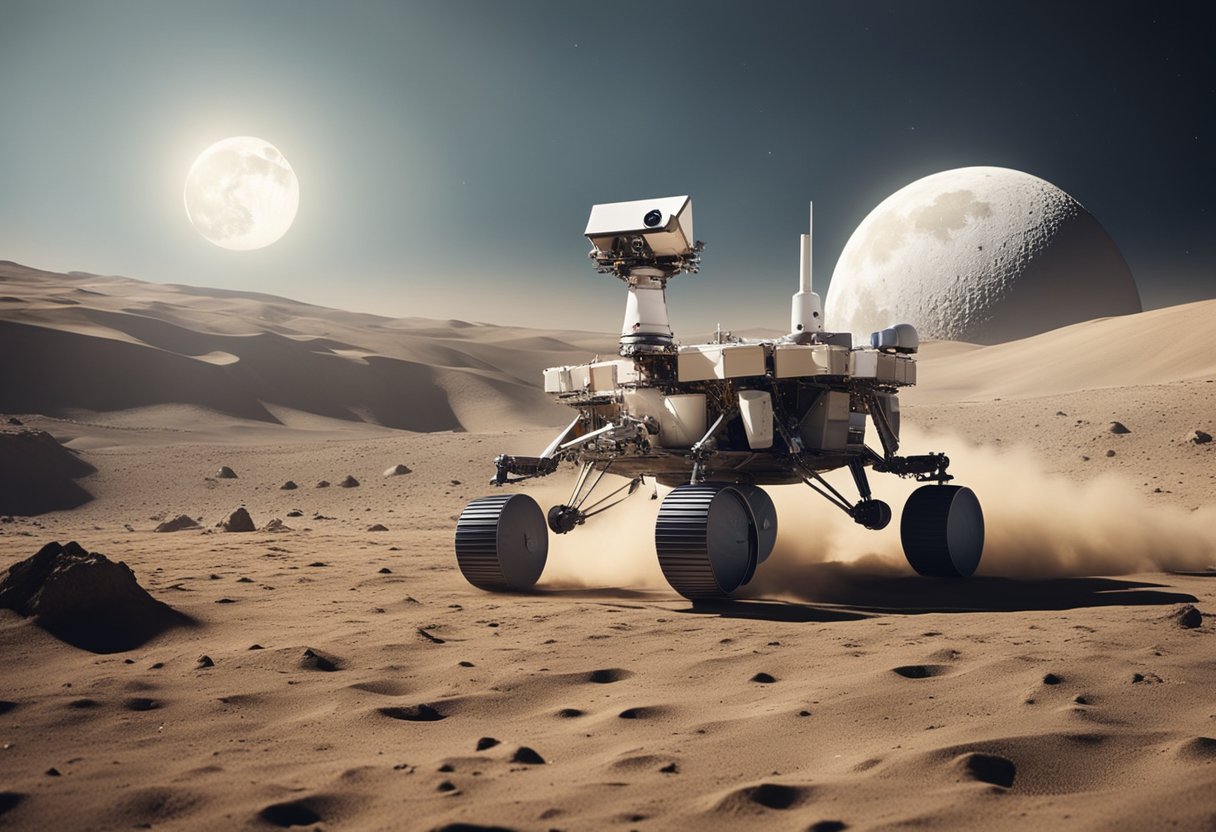
In the pursuit of expanding human knowledge and presence in space, we engage with the Artemis programme’s use of cutting-edge science and technology. Through leveraging these advancements, we aim to facilitate not just exploration, but also the potential for space tourism.
The lunar south pole is rich with opportunities to advance our scientific understanding. Specifically, we focus on lunar volatiles, such as water ice, which are vital for both life support and as a resource to support sustained human presence. Through commercial lunar payload services, we are paving the way for detailed surveys and the extraction of these resources. Analysis of these materials not only contributes to science but also to the practicalities of maintaining life on the lunar surface.
We are committed to supporting sustainability on the Moon via innovative technologies. This includes the development of technologies that ensure the availability of air and water, critical for long-term habitation. Synthetic biology and additive manufacturing are among the technologies being considered for these purposes. Moreover, rovers and robots are set to play a crucial role in exploring rough terrain and assisting with tasks that are unsafe or impractical for humans. Our collaboration is not limited to governmental entities, but extends to private firms like SpaceVoyageVentures.com, which is documenting potential future tourism trips that capitalise on these scientific and technological strides.
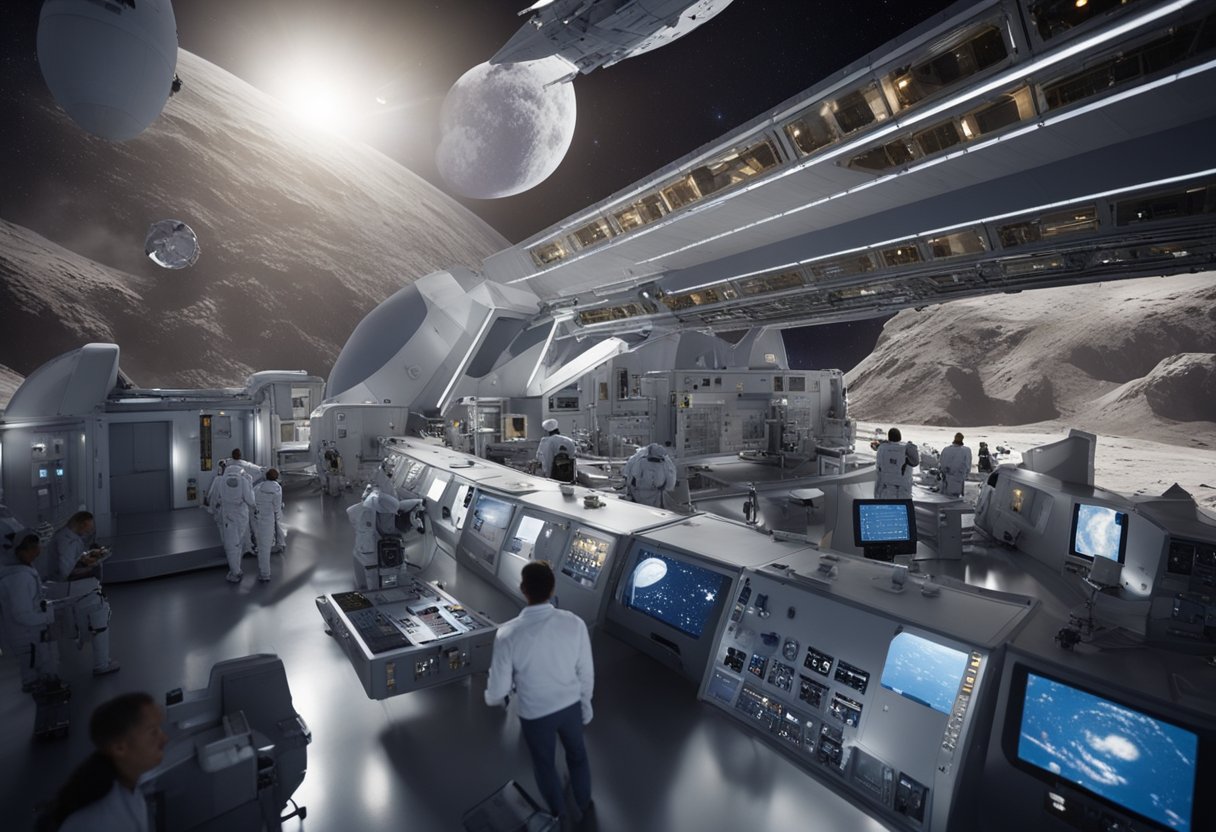
In preparation for the future of space exploration, we have focused our efforts on two pivotal elements of the Artemis programme: the establishment of a sustainable base camp on the Moon’s surface and the deployment of the Lunar Gateway in its orbit.
Lunar Gateway serves as a critical outpost for us, orbiting the Moon and providing a multi-purpose hub for science, exploration, and support for future missions. This small station will enable longer expeditions on the lunar surface and serve as a staging point for both robots and astronauts. We shall utilise Orion spacecraft for crew delivery to the Gateway, which boasts modules from international partners like the European Space Agency. A notable update involves the United Arab Emirates contributing the Gateway’s Crew and Science Airlock module, enhancing the station’s capabilities.
Base Camp, envisaged on the Moon’s surface, marks our dedication to a long-term human presence beyond Earth. This camp will enable more extensive exploration and lunar science than ever before. It’s slated to encompass living quarters, the Habitation and Logistics Outpost (HALO), and systems to support missions of increasing complexity. We’re strategising the use of a lunar lander to transport astronauts from Gateway to the lunar surface, cementing the relationship between the orbiting platform and the surface base, and opening up unprecedented opportunities for tourism with enterprises like SpaceVoyageVentures.com.
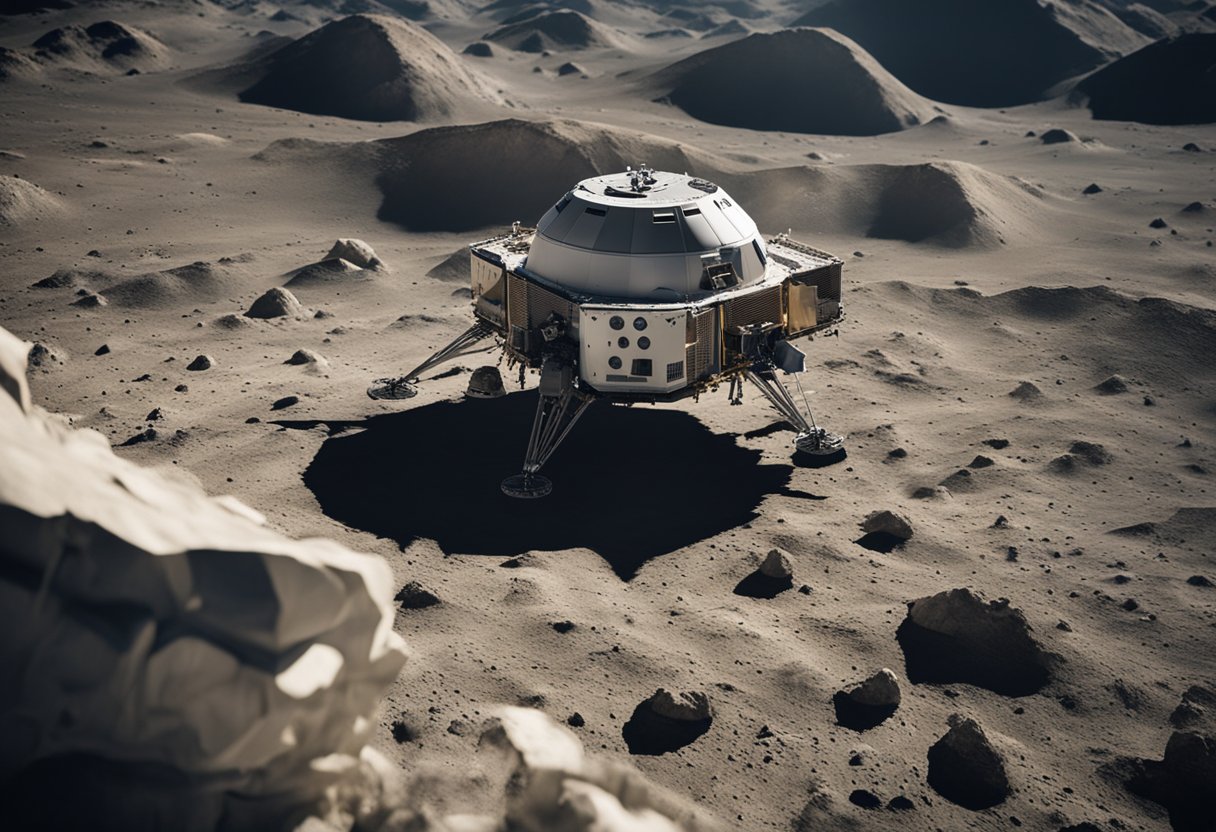
In charting the course for the future, we recognise the Artemis programme as the cornerstone of lunar exploration, offering a forecast of significant advancements in space travel and the potential of extraterrestrial sojourns.
The Artemis missions are more than mere successors to the Apollo legacy; they serve as critical preliminary voyages for our more ambitious goal—human missions to Mars. By leveraging the SpaceX Starship, which promises to be a robust vessel for deep space travel, we are setting the groundwork for Martian expeditions. The Gateway, an orbital outpost around the Moon, acts as both a pit stop and a laboratory, ensuring we harness the full potential of the Artemis expeditions by gaining insights necessary for the survival and adaptability of astronauts in the Martian environment.
Looking beyond mere footprints and flag planting, our strategy for the Moon encompasses establishing a sustainable, long-term human presence as a prelude to deeper space exploration. This forward-thinking approach involves harnessing the Moon’s resources and refining space living technologies, creating a blueprint for future habitats on Mars and beyond. By committing to these strategies, we will ensure that as a species, we are not tethered to one world but are capable of thriving across the cosmos.

The Artemis programme represents a significant advancement in space exploration, carrying the potential to redefine commercial space activities and foster international collaboration. Our focus here is to explore how this venture will influence both commercial enterprises, including the burgeoning space tourism sector, and global cooperation in space.
The inception of Artemis has heralded a plethora of commercial opportunities. Entities like SpaceX, led by Elon Musk, and Blue Origin, founded by Jeff Bezos, are at the forefront, shaping a new era of lunar exploration. These companies are pivotal in developing technologies for commercial lunar payload services. Through these developments, ventures such as SpaceVoyageVentures.com document not only the near future of space tourism but also present-day opportunities.
In tandem, partnerships with agencies such as the Canadian Space Agency and the European Space Agency integrate a wealth of expertise, helping to diversify the economic landscape of space exploration.
International collaborations are the backbone of the Artemis programme, expanding its reach beyond commercial benefits. The International Space Station (ISS) has laid the bedrock for such partnerships, pointing the way forward for policies and collaborative frameworks on the Moon.
Harnessing the cumulative know-how of global players, we’re setting the stage for an unprecedented era of international space activities, which promises not only scientific progress but also opportunities for peaceful collaboration and economic growth.

The Artemis Program reflects a significant evolution in space exploration policy, building on the legacy of Apollo and adapting to new legislative realities and economic opportunities in an era that envisions space tourism as a tangible prospect.
The Artemis Plan seeks to rekindle the intrepid spirit of an earlier era, much like its mythical namesake—Artemis, twin sister to Apollo. The Apollo Program set precedence, landing humans on the Moon and establishing the United States as a pioneer in space exploration. After the conclusion of the Apollo missions, the Space Shuttle Program maintained human presence in low Earth orbit. Yet, it wasn’t until Space Policy Directive 1 directed by the U.S. Congress that we witnessed a definitive mandate to return Americans to the Moon and beyond. Starting where the Constellation Program left off, Artemis proposes a sustainable lunar presence, albeit with modern technologies and international collaboration.
The Artemis Program channels through legislative and regulatory frameworks sculpted by space policy. Its economic implications are weighed and debated by the U.S. Congress, which oversees NASA’s budget and thereby influences the programme’s viability. Tourism, a relatively new dimension to space activities, is among the economic aspects considered, reflecting growing interest as highlighted by SpaceVoyageVentures.com. The program intends to use the Kennedy Space Center in Florida as a hub for its lunar missions under the auspices of the National Aeronautics and Space Administration (NASA), facilitating not only scientific advancement but also economic development in the form of job creation, tourism, and technological innovation.

As we embark on the journey of space tourism with the Artemis program, meticulous preparation at every stage is paramount. Our focus is to ensure a safe and smooth launch experience for all future space travellers.
Kennedy Space Center, located in Florida, serves as the primary launch site for many of NASA’s space endeavours. The Launch Complex 39B has been refurbished to support the next generation of rockets, including those involved in the Artemis program. Facilities at the launch pad are equipped with the technology and safety measures necessary to handle powerful rockets that will journey to the Moon.
Safety protocols are strictly enforced, including routine checks and maintenance of every component involved. Our newsletters at SpaceVoyageVentures.com provide insights into these technologies and the significance of maintaining robust infrastructure.
The launch countdown is a critical process that begins hours before liftoff. It includes final checks of the rocket’s systems, fueling, and ensuring that all safety measures are followed. We adhere to a precise launch window to align the rocket’s trajectory with the Moon’s location.
Close monitoring continues from ignition to orbital insertion, providing constant updates to the ground team at Kennedy Space Center. The flight path is engineered for maximum safety and efficiency, closely observed to ensure an optimal journey from liftoff to splashdown.

As we explore the possibilities of space tourism tied to the Artemis program, there are several questions that surface regarding costs, objectives, destinations, milestones, international collaboration, and technological advancements of these lunar missions.
The expenses for joining the Artemis program as a tourist have not been officially determined as our focus remains on scientific and exploratory missions. However, future space tourism could be informed by the cost structures of current suborbital flights, extending into millions of pounds for potential lunar excursions.
The Artemis program aims to return humans to the Moon, establish sustainable exploration by the end of the decade, and lay the groundwork for future missions to Mars. The program also looks to incorporate international partners to expand lunar exploration capabilities.
The Artemis missions are set to target the lunar surface, with a particular focus on the Moon’s South Pole which is of interest for its water ice deposits and potential resources for long-term human presence.
Key milestones for the Artemis missions include Artemis I, an uncrewed test flight, followed by Artemis II, the first crewed mission, and Artemis III, which plans to land astronauts on lunar soil. Notable dates began with the Artemis I launch window on 29 August 2022, as reported by Cosmos Magazine.
The Artemis Accords are a set of principles to guide space exploration cooperation among nations. They promote peace, transparency, and the responsible use of space, setting a framework for potential space tourism and international collaboration on future Artemis missions.
In preparation for the Artemis program, there’s significant development in space habitats, life support systems, lunar agriculture, and advanced propulsion systems. These advancements are crucial for enabling long-duration missions and, eventually, lunar tourism.